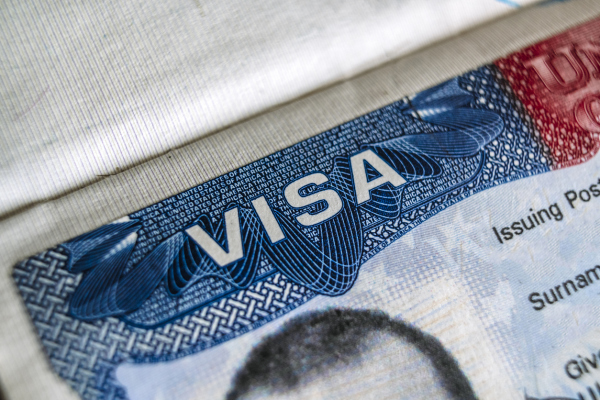Scientists to Grow 'Miniature' Neanderthal Brains to Discover How Different Modern Humans and Their Closest Relatives Really Are
Scientists have found a way to differentiate everyday humans to the Neanderthals. This is by creating miniature brains of their closest relatives.
This will be achieved by growing what is referred to as brain organoids from human stem cells engineered with "Neanderthalized" genes. The mini brains, which will be grown for nine months, will be a few millimeters in diameter.
"Neanderthals are the closest relatives to everyday humans, so if we should define ourselves as a group or a species it is really them that we should compare ourselves to," Max Planck Institute for Evolutionary Anthropology director Svante Paabo who is leading the research told The Guardian.
"We're seeing if we can find basic differences in how nerve cells function that may be a basis for why humans seem to be cognitively so special," he added.
The Neanderthals are often stereotyped as thuggish and unintelligent, but they are far from such, as recent research show they buried their dead and even did cave art. There is also evidence that their brains were larger than that of the modern human.
The idea is to compare the Neanderthalized organoids and the fully human ones with regards to how fast the stem cells divide, develop and form into three-dimensional brain structures and how different the brain cells wire up.
Paabo is hoping to learn whether or not the contrasting fates of the two species have to do with cognition, adding that it is "tempting to think" that this is the case.
He admits that while the experiment will not reveal which species is "smarter," the results are expected to at least provide enough insight to differentiate the two's ability to plan, socialize and use language.
"A dream result would be that the [genetic] changes make for longer or more branched neuronal outgrowth," Paabo said. "One would say it would be a biological basis for why our brain would function differently," he went on to say.
For the creation of miniature Neanderthal brains, Paabo's team is extracting DNA from ancient human and animal fossils excavated at sites from around the world.
It is imperative that they do not contaminate them because even a speck of dust, which could be home to more DNA than that of the ancient skeletons they are working on, could alter things.
To prevent any sort of contamination, the rooms in which the experiments are conducted are disinfected with ultraviolet lights and a complex air filtration system. Researchers who handle the DNA are required to shower and wear spacesuit-style uniforms as well.
Gray Camp, one of the leaders overseeing the organoid experiments, noted to The Guardian that they won't be able to produce a well-formed human brain since there will be no sensory input.
"But you see multiple regions have kind of formed; you can study the synapses and electrical activity and early developmental differences," he noted.
Modern humans and Neanderthals split into their separate lineages around 400,000 years ago. The former's ancestors stayed in Africa while the latter headed north into Europe.
It was discovered that about 60,000 years ago, many of the modern humans left Africa, crossed paths with the Neanderthals and ultimately interbred with them.
While some would say that this is enough to merge the two species, Paabo is not ready to go there yet, pointing out that there remains no proof the Neanderthals were at least inventive enough to explore oceans by building boats.
"We want to know whether among those things, is there something hiding there that really sets us apart?" Paabo said. "Is there a biological basis for why modern humans went on to become millions and eventually billions of people, spread across the world and have culture?" he continued.
The lab is also looking at how Neanderthal genes commonly found in the DNA of people with European and Asian ancestry influence brain development.
"We can regrow your Neanderthal brain. We can monitor that and resurrect the functionality of those Neanderthal genes," Camp said.
In 2010, Paabo and his team decrypted the mysteries of the Neanderthal genome from heavily besmirched samples taken from four females who lived in Europe tens of thousands of years ago.
After this feat, they tried to learn the craniofacial development and Neanderthal pain perception by inserting the genes into mice for the former and the eggs of frogs to learn if the Neanderthals had a pain threshold.
"We're seeing if we can find basic differences in how nerve cells function that may be a basis for why humans seem to be cognitively so special," Paabo said.
As they built upon their initial discovery, the researchers learned that Neanderthals interbred with the ancestors of today's humans as mentioned above.
All non-Africans in the present day carry one to four percent of Neanderthal DNA. With people acquiring slightly different genes over time, collectively about a third of the Neanderthal genome is still floating around in modern populations.
Not every bit of the Neanderthal genome was passed on though allegedly due to disadvantages to health, cognition and physical appearance.




















